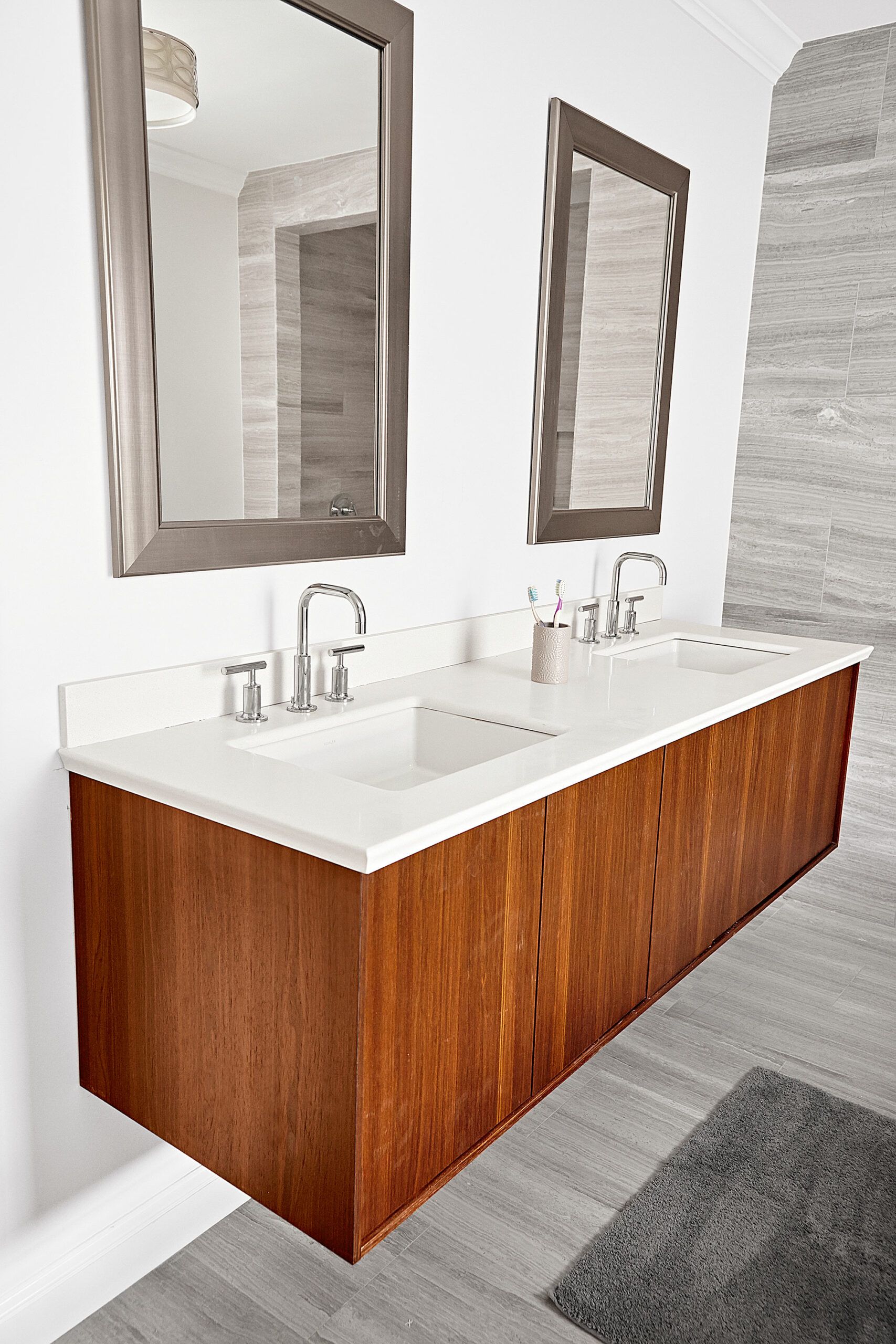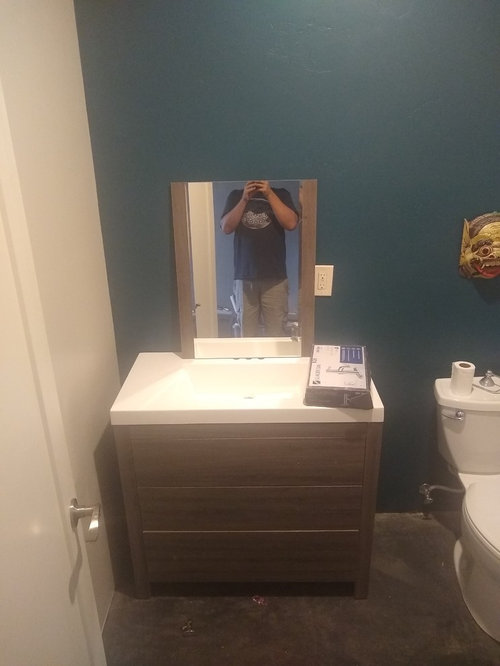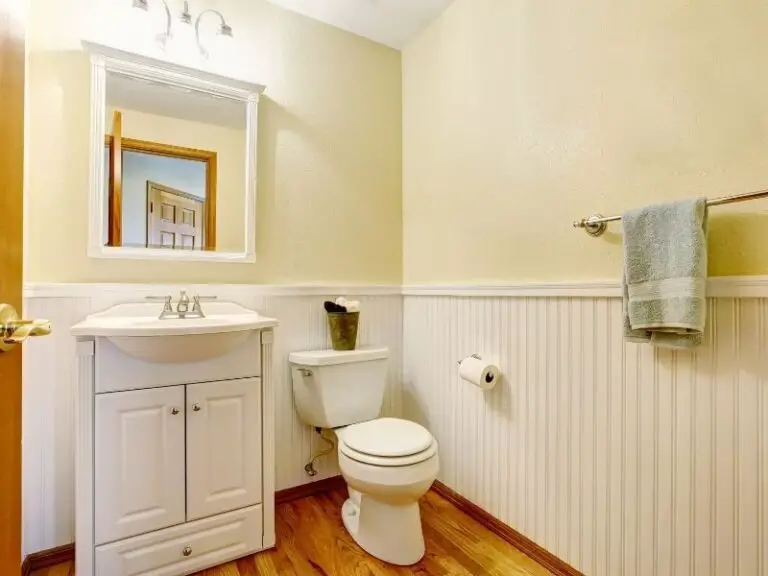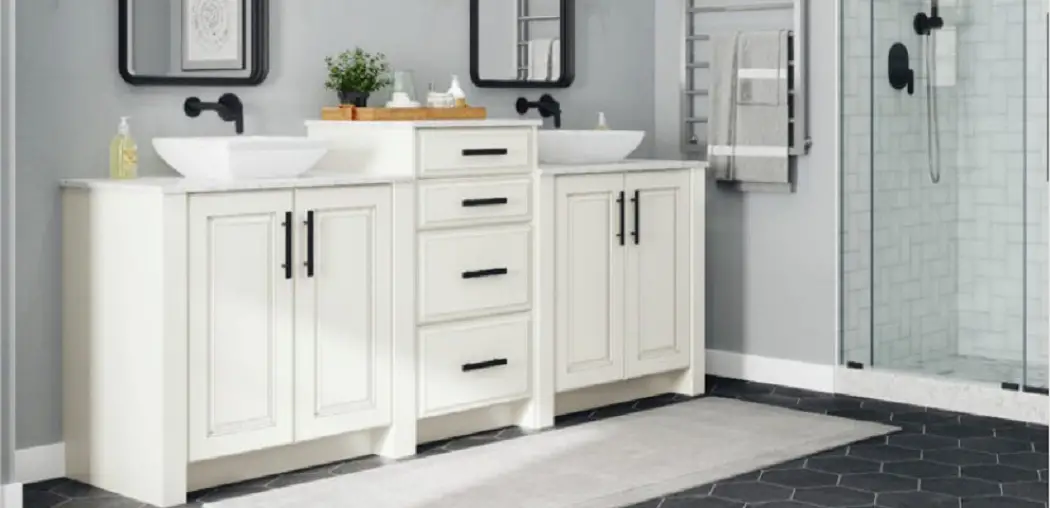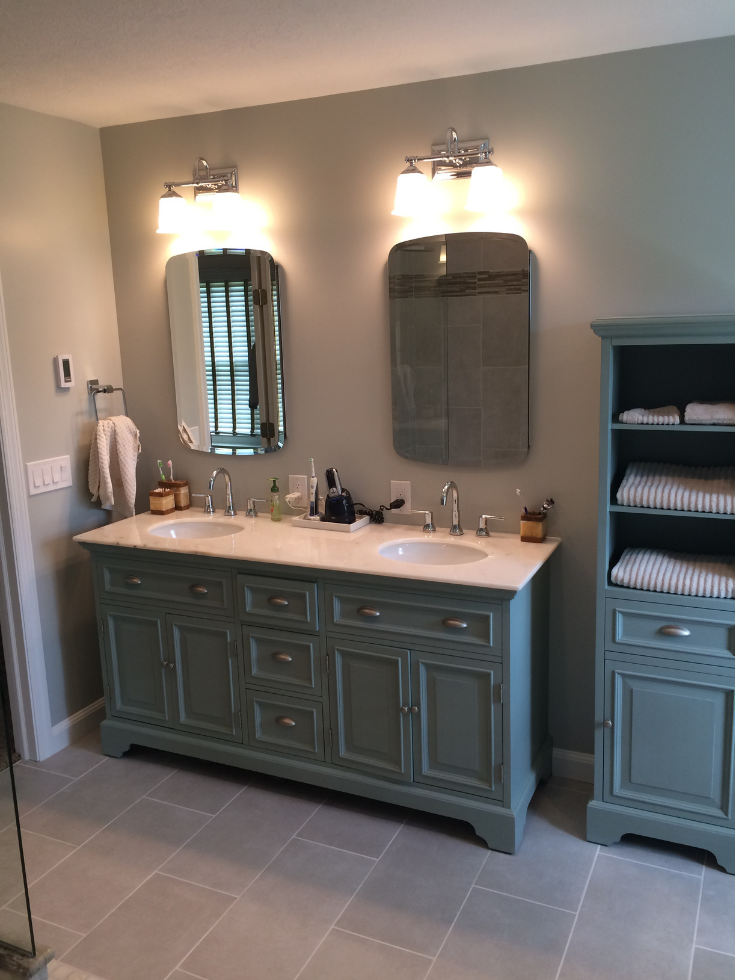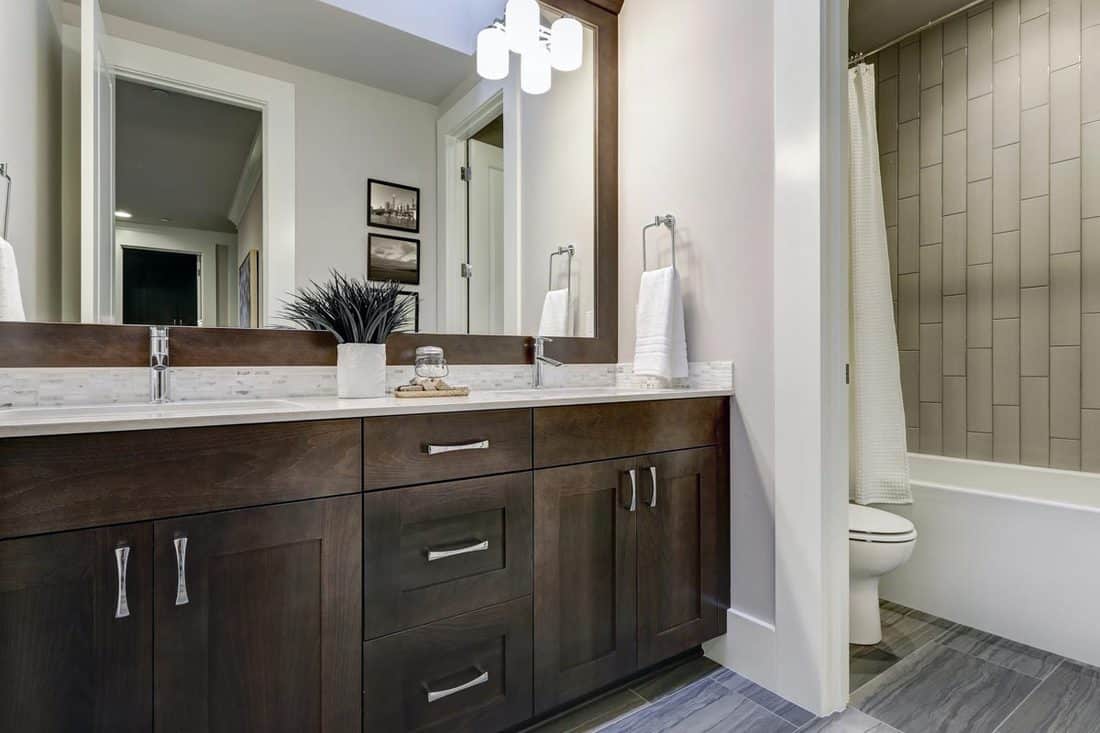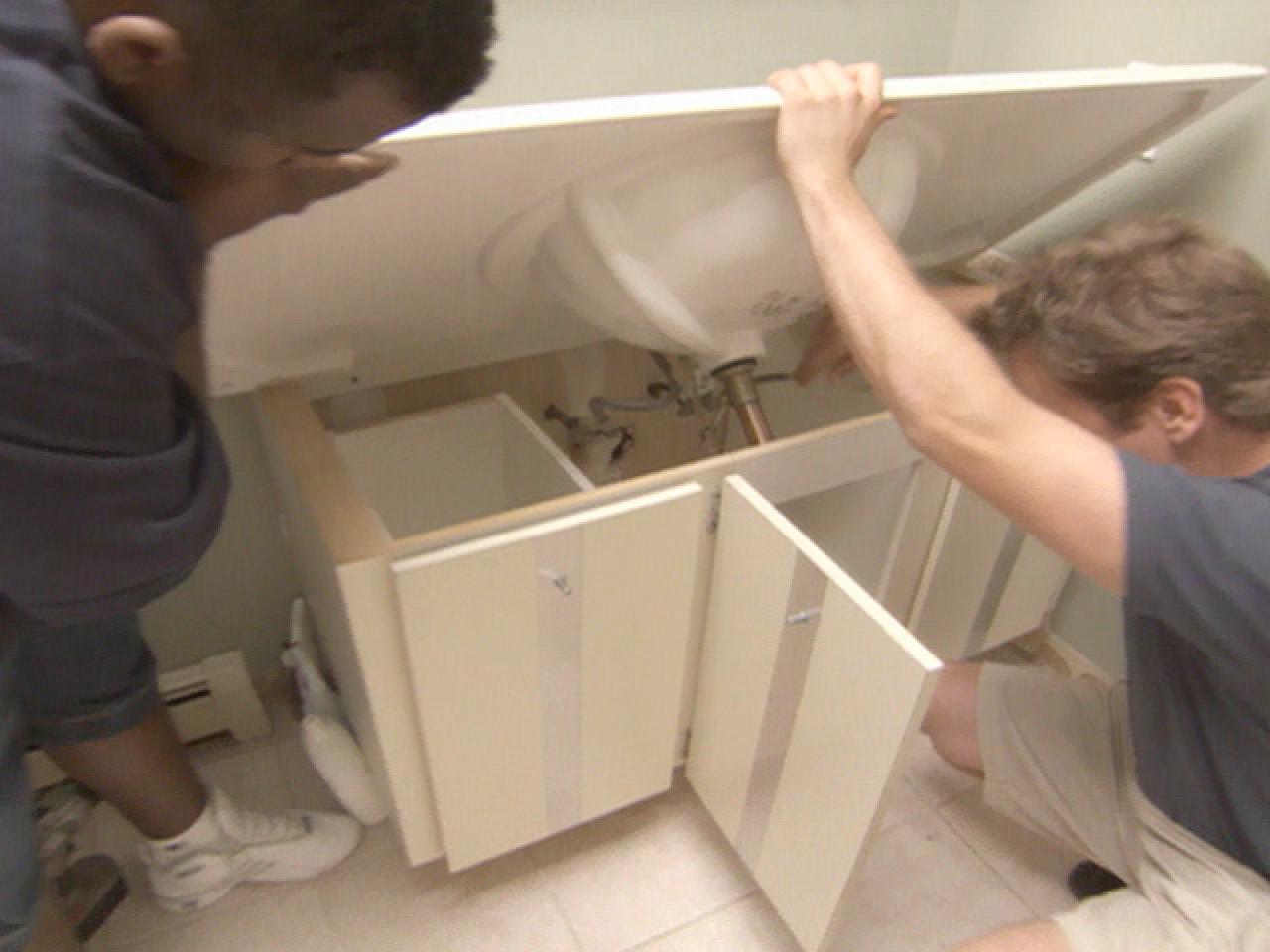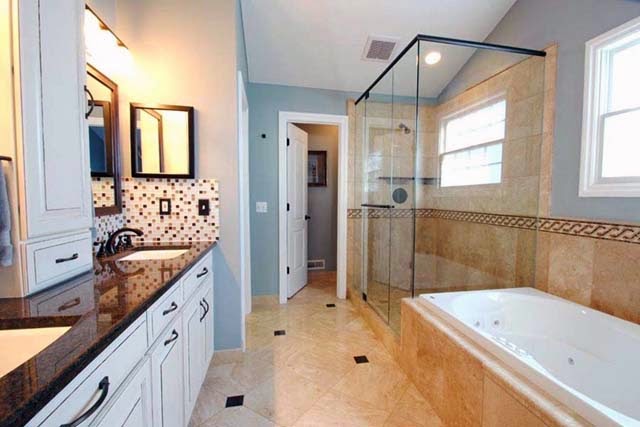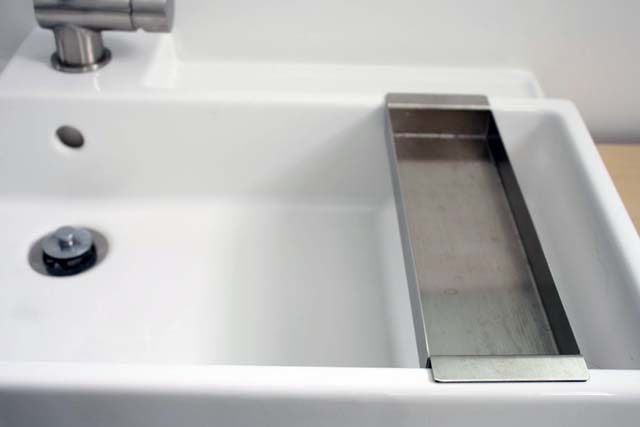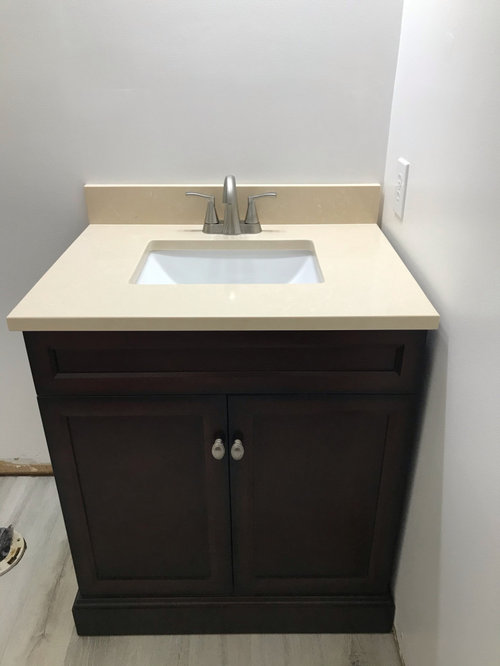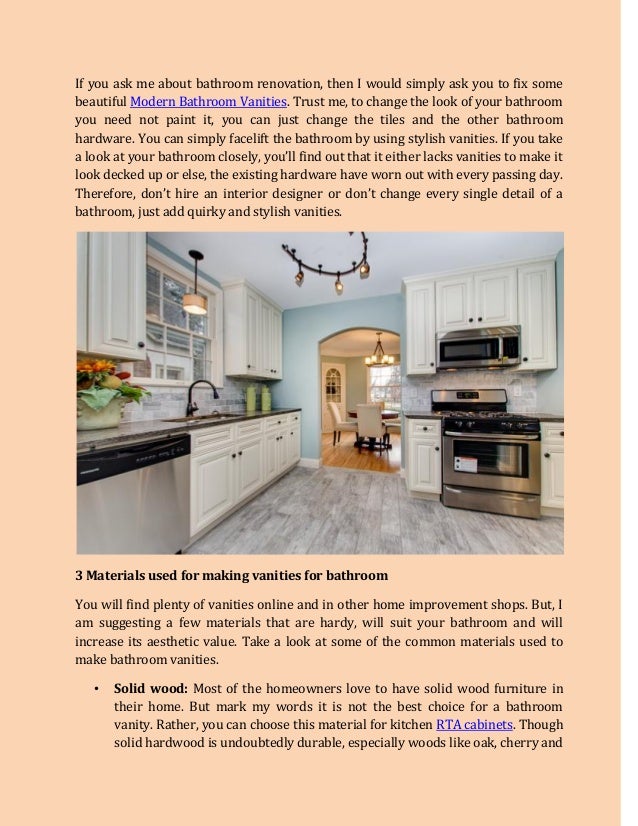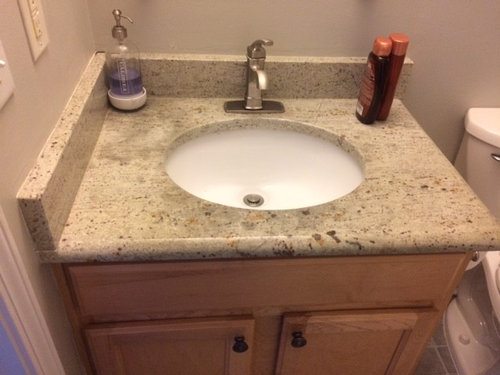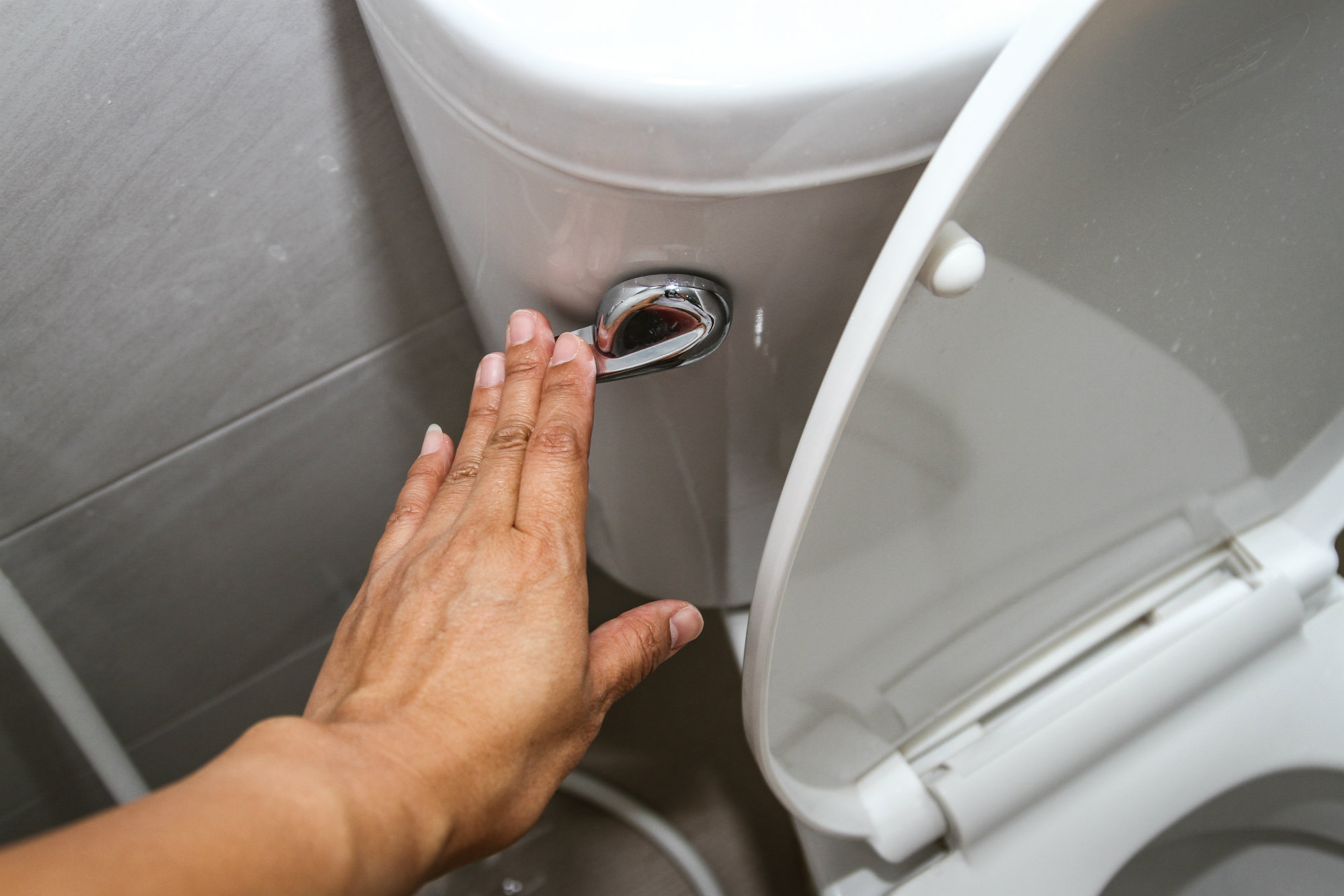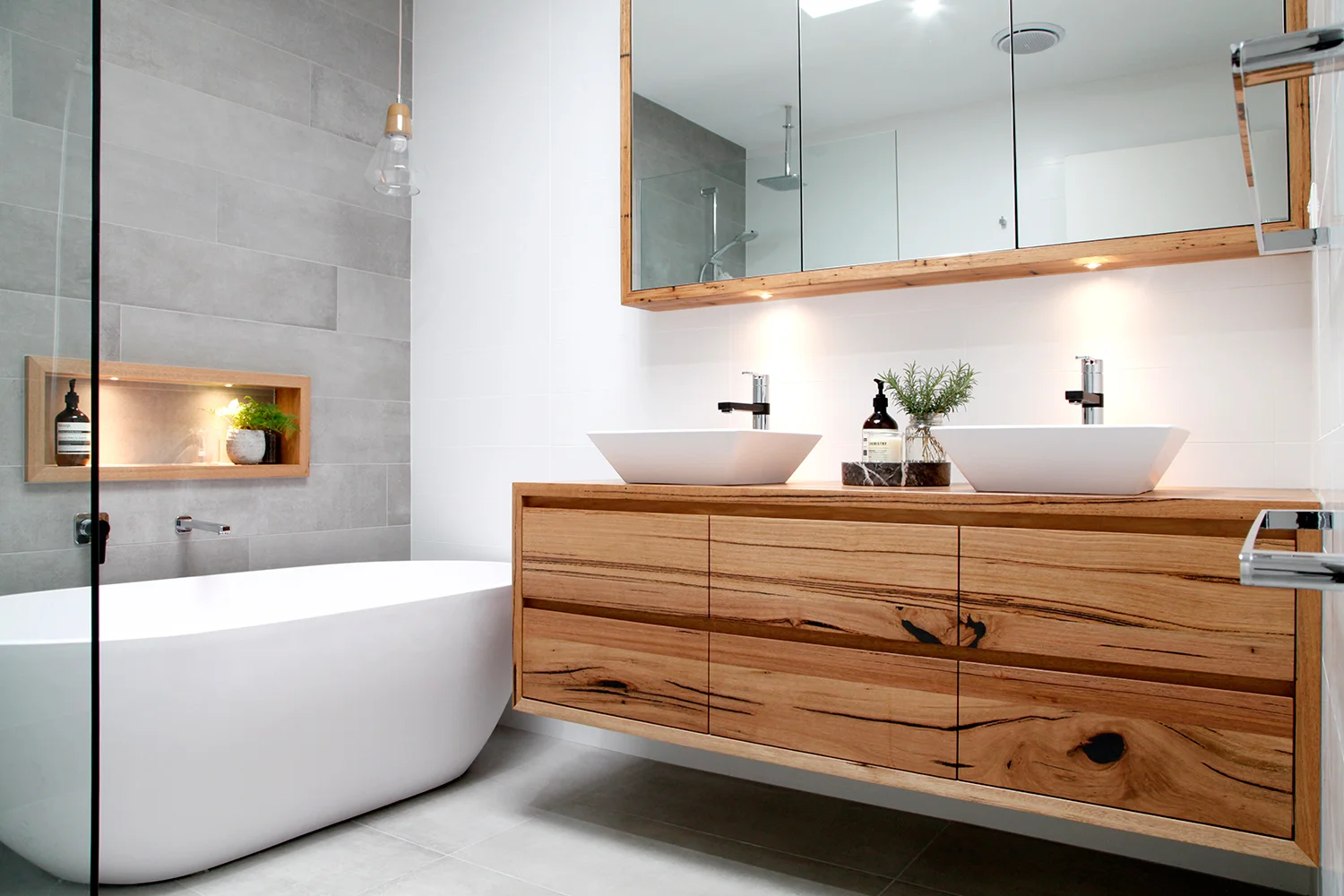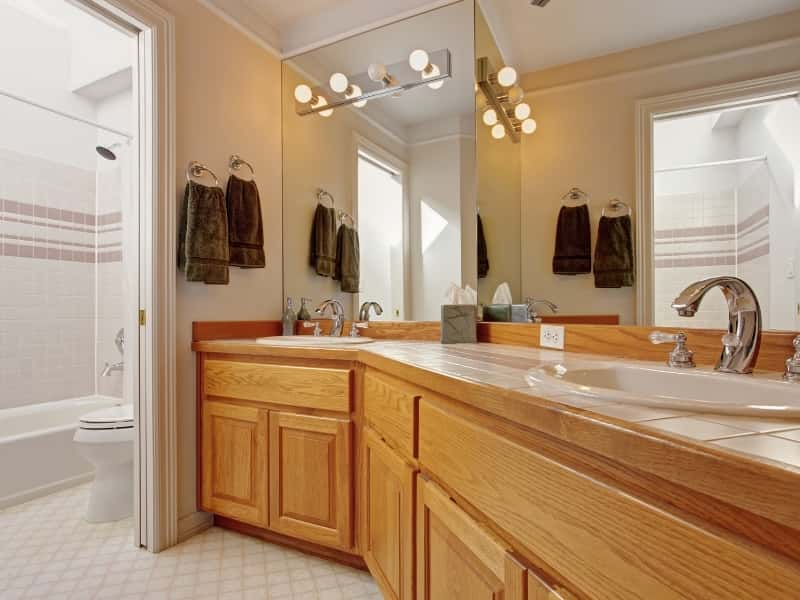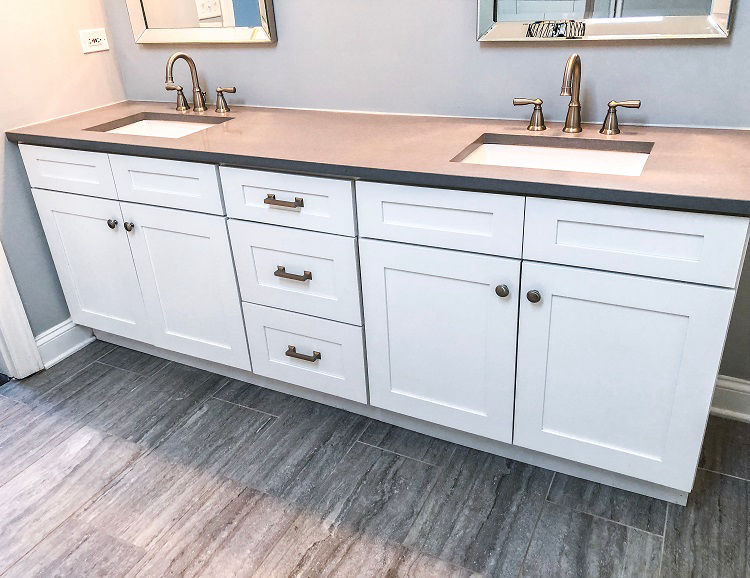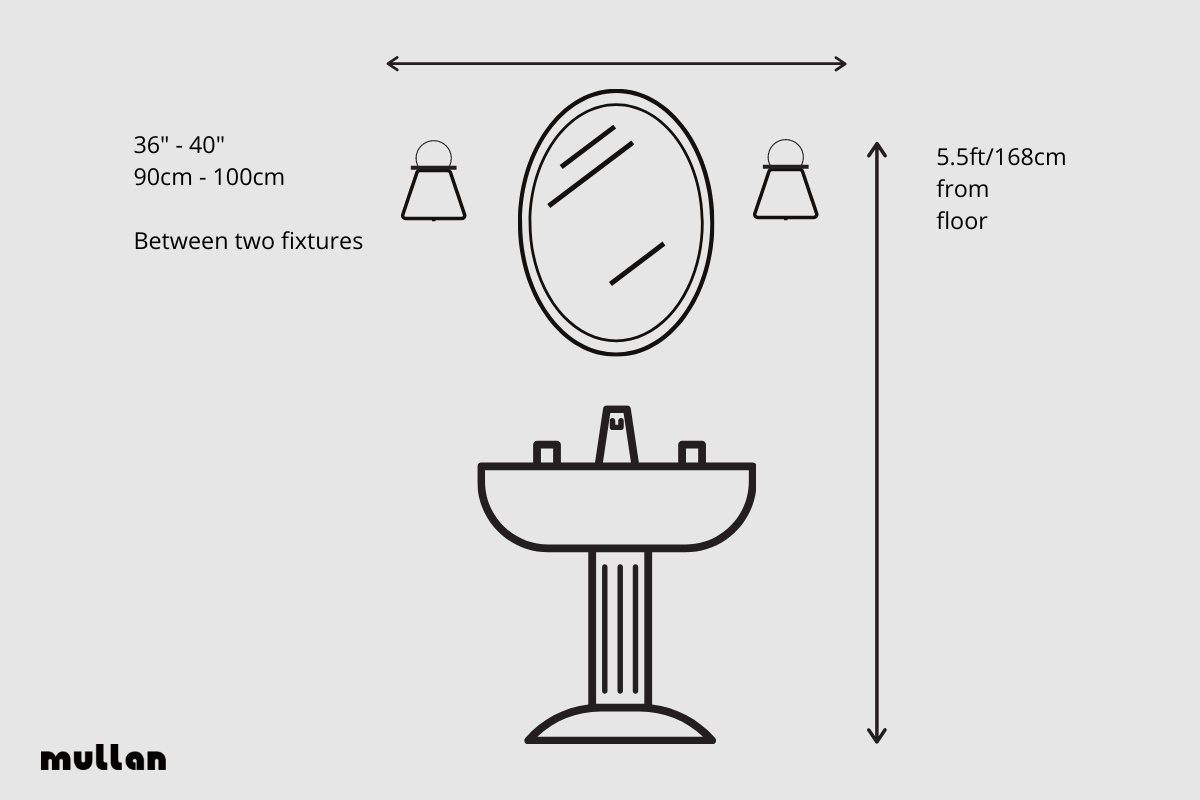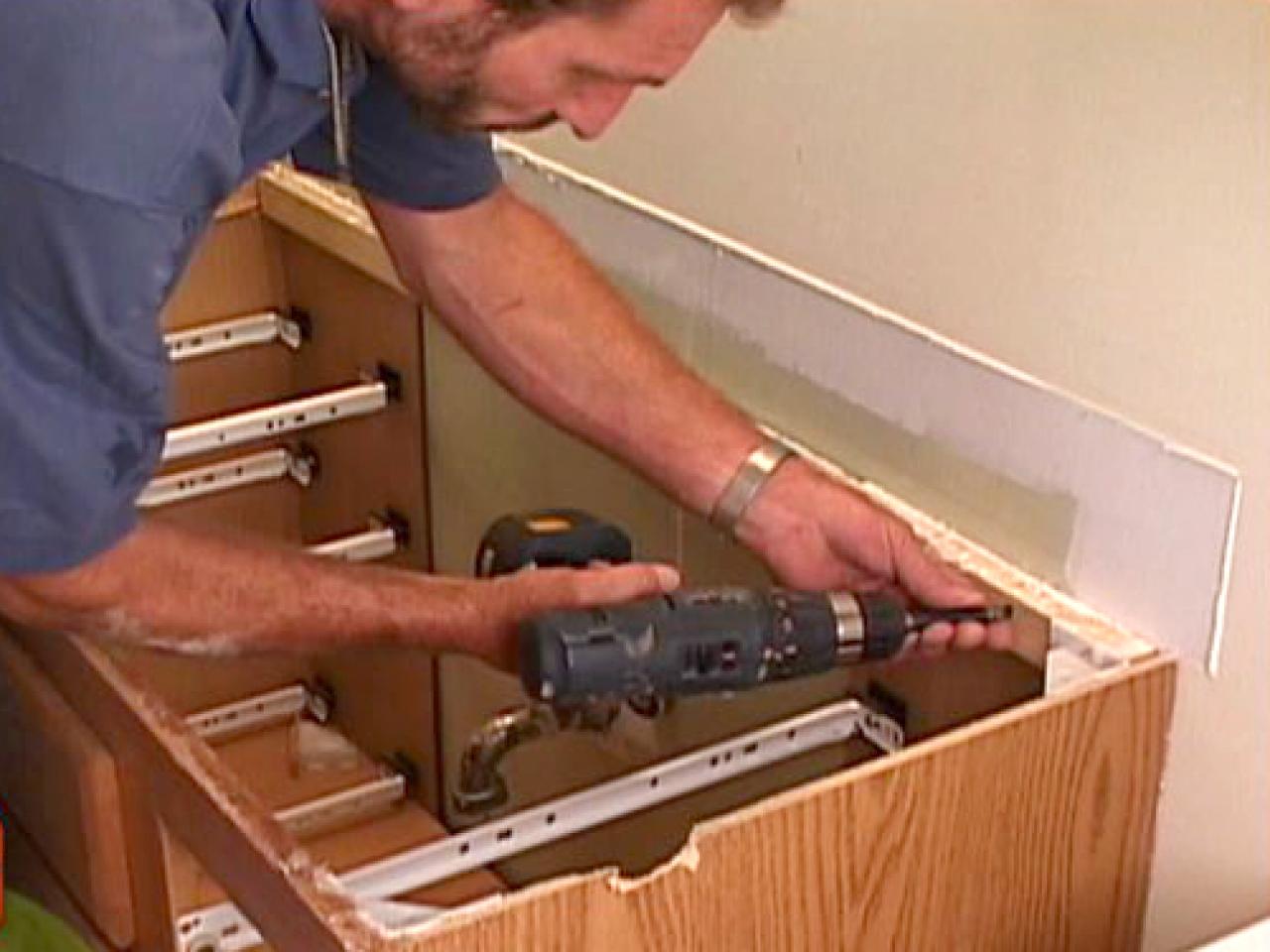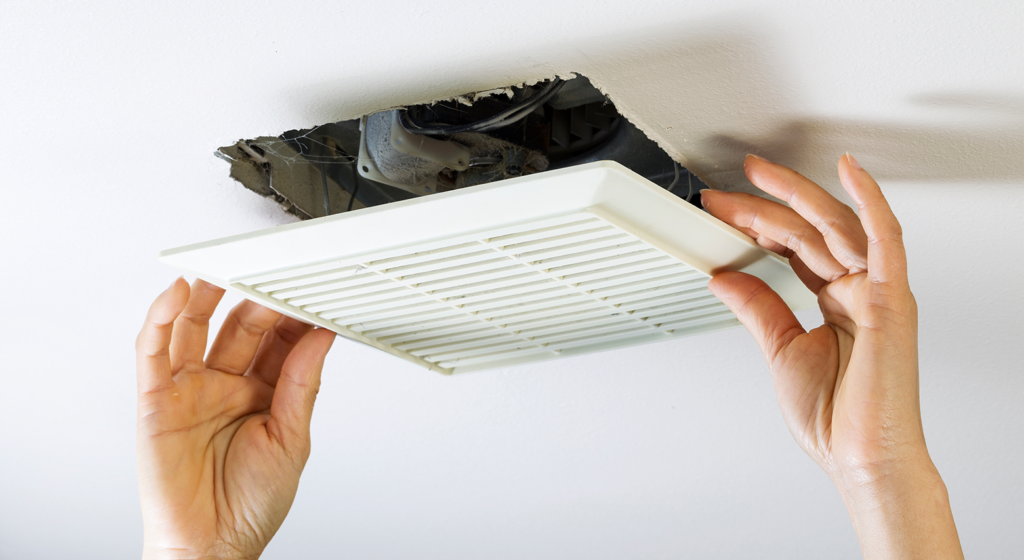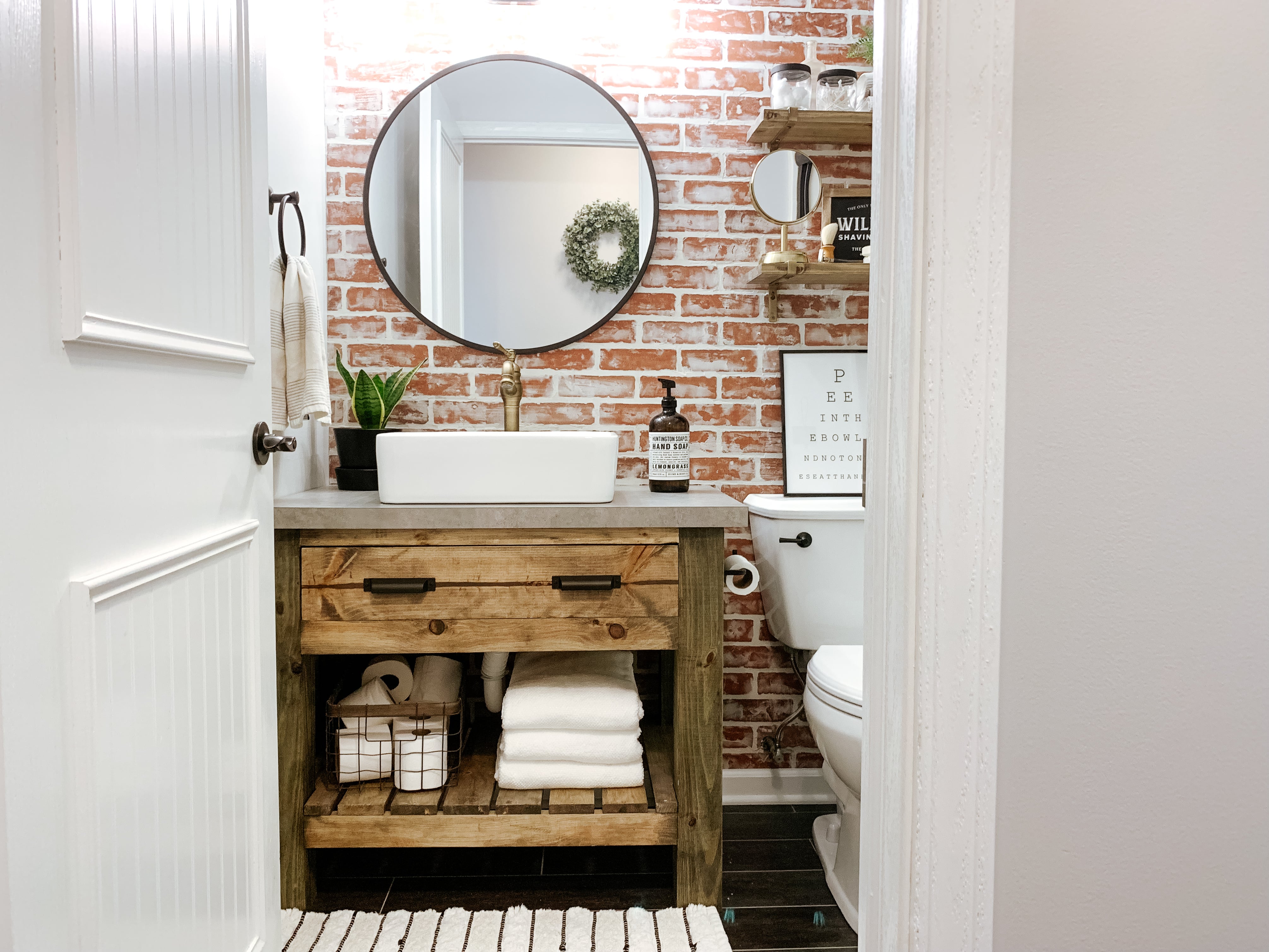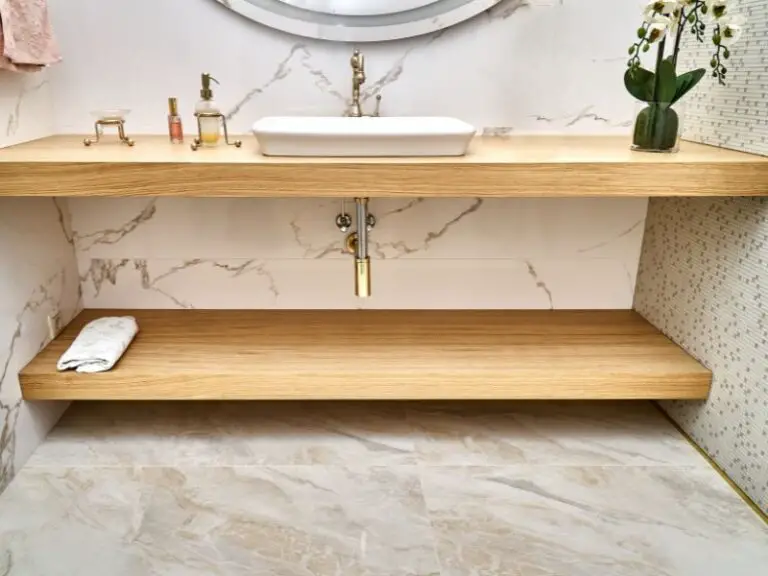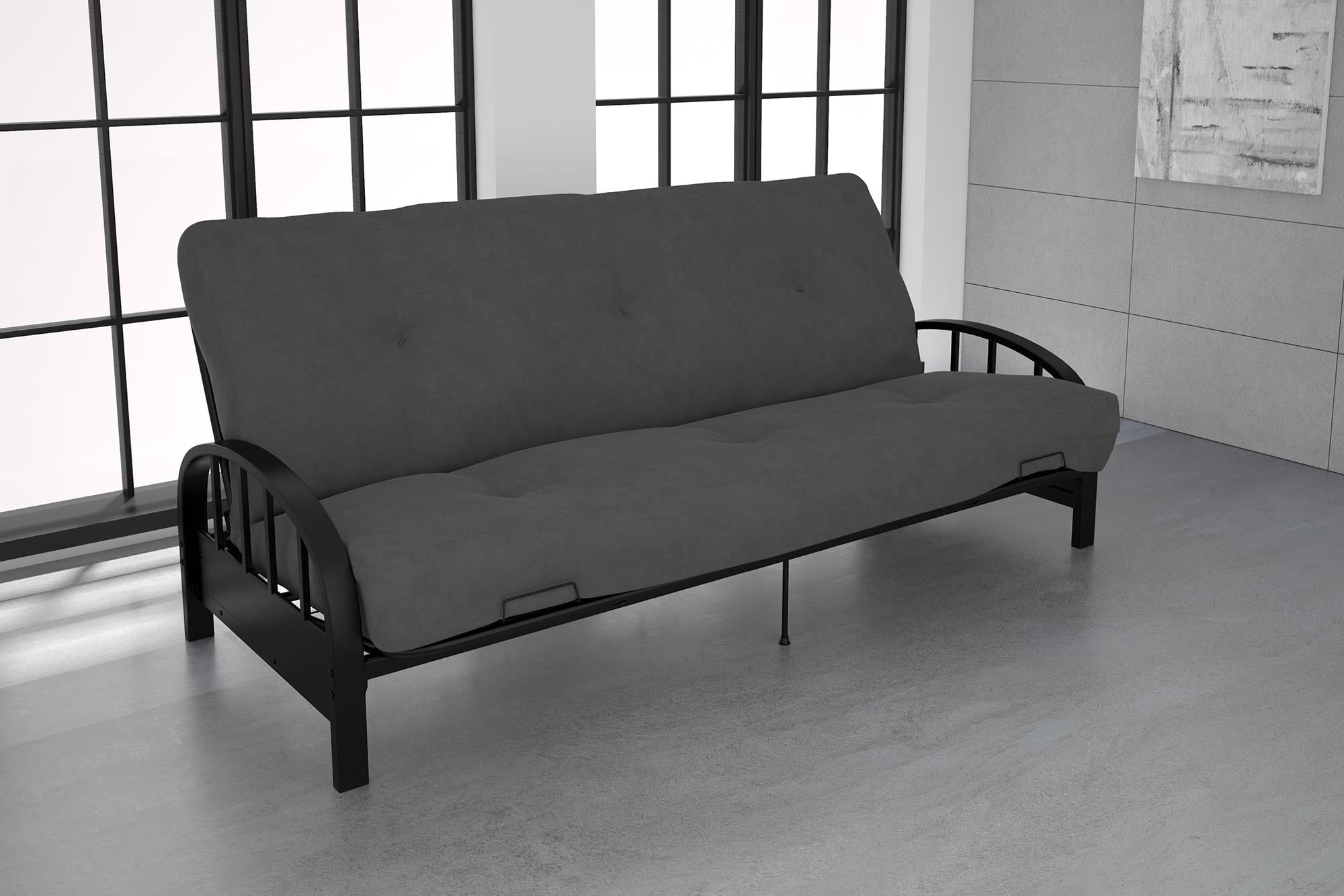A bathroom vanity is an essential piece of furniture in any bathroom. It not only provides storage space for all your bathroom essentials but also adds aesthetic value to the room. However, one common problem that homeowners face is a bathroom vanity not being flush against the wall. This can not only be a visual eyesore but also a potential hazard. In this article, we will discuss the top 10 reasons why your bathroom vanity may not be flush against the wall and how to fix it. Bathroom Vanity Not Flush Against Wall
If your bathroom vanity is not flush against the wall, there are a few DIY fixes that you can try before calling in a professional. The first step is to identify the cause of the issue. It could be due to uneven floors, improper installation, or a warped vanity cabinet. Once you have identified the issue, here are some tips to fix it. 1. Use Shims: Shims are thin pieces of wood or plastic that can be placed under the legs of the vanity to level it out. This is a simple and inexpensive fix that can easily solve the problem. 2. Adjust the Legs: If your vanity has adjustable legs, you can try adjusting them to make the vanity sit flush against the wall. Use a level to ensure that the vanity is even on all sides. 3. Sand Down the Wall: In some cases, the wall may not be completely flat, which can cause the vanity to sit unevenly. You can use sandpaper to sand down any high spots on the wall and create a smooth surface for the vanity to sit against. 4. Install a Backsplash: If your vanity is not flush against the wall due to gaps, you can install a backsplash to cover them up. This will not only solve the issue but also add a decorative element to your bathroom. How to Fix a Bathroom Vanity Not Flush Against Wall
To avoid the issue of a bathroom vanity not being flush against the wall, it is essential to ensure proper installation. Here are some tips to keep in mind when installing a bathroom vanity against a wall. 1. Measure Accurately: Before installing the vanity, make sure to measure the space accurately. This will ensure that the vanity fits perfectly against the wall and there are no gaps. 2. Use a Level: A level is an essential tool when installing a bathroom vanity. Make sure to use it to ensure that the vanity is straight and even on all sides. 3. Secure the Vanity: It is crucial to secure the vanity to the wall to prevent it from shifting or moving. This can be done by using screws or brackets to anchor the vanity to the wall. 4. Check for Uneven Floors: Uneven floors can cause a vanity to sit unevenly against the wall. Before installing the vanity, make sure to check for any dips or bumps in the floor and level them out if needed. Tips for Installing a Bathroom Vanity Against a Wall
While a bathroom vanity not being flush against the wall is a common issue, there are a few other problems that can arise. These include: 1. Water Damage: Gaps between the vanity and the wall can allow water to seep in, causing damage to both the vanity and the wall. 2. Safety Hazards: A vanity that is not secure can pose a safety hazard, especially if it is in a high-traffic area. It can tip over or cause injuries if someone leans on it. 3. Difficulty Cleaning: Gaps between the vanity and the wall can be difficult to clean, leading to a buildup of dirt and grime. Common Problems with Bathroom Vanities Not Flush Against Wall
If your bathroom vanity is not flush against the wall, here are some solutions to consider: 1. Replacing the Vanity: If the vanity is old or damaged, replacing it with a new one may be the best solution. Make sure to measure the space accurately and choose a vanity that fits perfectly against the wall. 2. Hiring a Professional: If the issue is beyond your DIY skills, it may be best to hire a professional to install or fix the vanity. They will have the necessary tools and expertise to ensure that the vanity is flush against the wall. 3. Using Wall Spacers: Wall spacers are small plastic wedges that can be placed between the wall and the vanity to fill in any gaps. They are a quick and easy fix for minor gaps. Solutions for a Bathroom Vanity Not Flush Against Wall
To prevent your bathroom vanity from shifting or moving, it is essential to secure it against the wall. Here's how: 1. Use Screws: If your vanity has a back panel, you can use screws to secure it to the wall. Make sure to use appropriate screws and drill them into the studs for maximum stability. 2. Install Brackets: If your vanity does not have a back panel, you can use brackets to secure it to the wall. These brackets can be attached to the sides of the vanity and the wall. 3. Use Adhesive: Another option is to use construction adhesive to glue the vanity to the wall. This method is best for lightweight vanities and should not be used if you plan to move the vanity in the future. How to Secure a Bathroom Vanity Against a Wall
If you are still having issues with your bathroom vanity not being flush against the wall, here are a few troubleshooting tips: 1. Check for Uneven Floors: Uneven floors can cause the vanity to sit unevenly against the wall. Use a level to check and level out any dips or bumps in the floor. 2. Inspect the Wall: If the vanity is flush on one side but not the other, there may be an issue with the wall. Check for any high spots or dips and use sandpaper to create a smooth surface for the vanity to sit against. 3. Consider the Design: In some cases, the design of the vanity may not allow it to sit flush against the wall. This is common with freestanding or floating vanities. Make sure to choose a vanity that is suitable for your space. Troubleshooting a Bathroom Vanity Not Flush Against Wall
If you are a handy person, you may want to try some DIY fixes for a bathroom vanity not being flush against the wall. Here are a few ideas: 1. Fill in Gaps: Use wall spacers or caulk to fill in any gaps between the vanity and the wall. This will create a seamless look and prevent any water damage. 2. Use Decorative Molding: If your vanity is not flush against the wall, you can use decorative molding to cover up the gaps. This will add a touch of elegance to your bathroom. 3. Repaint the Vanity: If the vanity is old and worn out, a fresh coat of paint can make a big difference. You can also use this opportunity to make any necessary repairs before installing the vanity back against the wall. DIY Fixes for a Bathroom Vanity Not Flush Against Wall
Having a bathroom vanity flush against the wall is not just about aesthetics. It also has practical benefits, such as: 1. Preventing Water Damage: Gaps between the vanity and the wall can allow water to seep in, causing damage to both the vanity and the wall. 2. Ensuring Safety: A vanity that is not secure can pose a safety hazard, especially if it is in a high-traffic area. It can tip over or cause injuries if someone leans on it. 3. Easier Cleaning: A vanity that is flush against the wall is easier to clean as there are no gaps for dirt and grime to accumulate. This will also help keep your bathroom hygienic. Importance of Having a Bathroom Vanity Flush Against Wall
If you are unsure about how to fix a bathroom vanity not being flush against the wall, it is best to seek professional help. A skilled contractor or handyman will have the necessary tools and expertise to solve the issue quickly and efficiently. They can also advise you on the best course of action to take if the vanity needs to be replaced. In conclusion, a bathroom vanity not being flush against the wall is a common issue that can be easily fixed with the right tools and techniques. By following the tips and solutions mentioned in this article, you can ensure that your bathroom vanity is not only functional but also visually appealing. Professional Help for a Bathroom Vanity Not Flush Against Wall
Why a Bathroom Vanity May Not Be Flush Against the Wall

Potential Causes for a Misaligned Bathroom Vanity
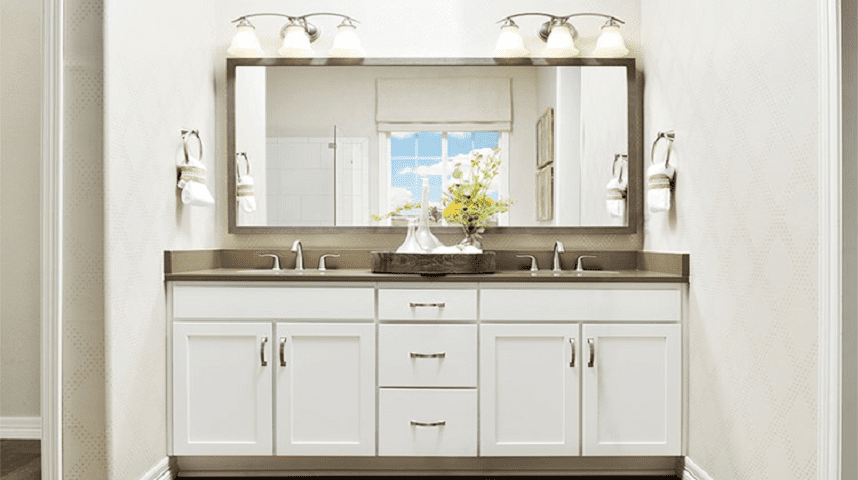 There are few things more frustrating in a bathroom than a vanity that is not flush against the wall. Not only does it look unsightly, it can also be a hindrance when trying to use the sink or counter space. If you're experiencing this issue in your own home, you may be wondering what could be causing it. Here are some potential reasons why your bathroom vanity is not flush against the wall:
There are few things more frustrating in a bathroom than a vanity that is not flush against the wall. Not only does it look unsightly, it can also be a hindrance when trying to use the sink or counter space. If you're experiencing this issue in your own home, you may be wondering what could be causing it. Here are some potential reasons why your bathroom vanity is not flush against the wall:
Uneven Walls
 One of the most common causes of a misaligned bathroom vanity is uneven walls. If your walls are not perfectly straight, it can be difficult to get the vanity to sit flush against them. This is especially true if you have an older home, as settling and shifting of the foundation can cause walls to become uneven over time.
One of the most common causes of a misaligned bathroom vanity is uneven walls. If your walls are not perfectly straight, it can be difficult to get the vanity to sit flush against them. This is especially true if you have an older home, as settling and shifting of the foundation can cause walls to become uneven over time.
Improper Installation
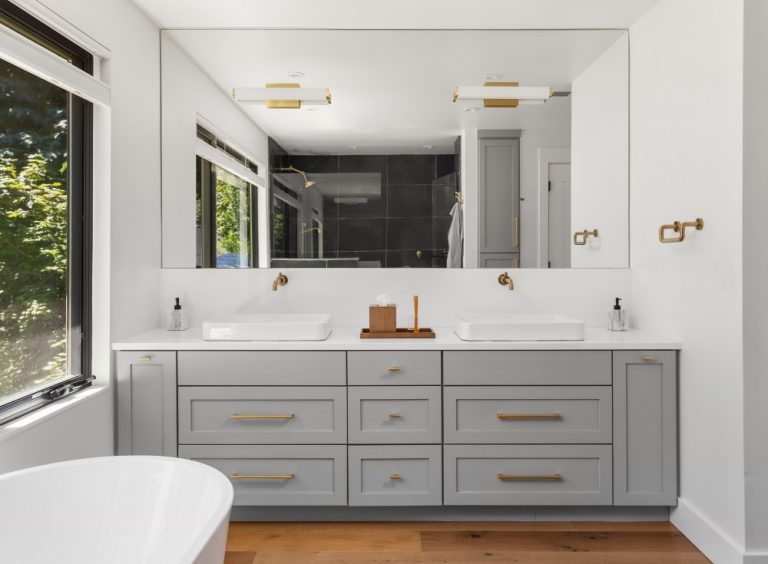 Another possible cause for a vanity not being flush against the wall is improper installation. If the vanity was not installed correctly, it may be slightly off-center or not level, causing it to sit away from the wall. This is why it's important to hire a professional contractor or handyman for any home improvement projects, especially those involving plumbing and cabinets.
Another possible cause for a vanity not being flush against the wall is improper installation. If the vanity was not installed correctly, it may be slightly off-center or not level, causing it to sit away from the wall. This is why it's important to hire a professional contractor or handyman for any home improvement projects, especially those involving plumbing and cabinets.
Water Damage
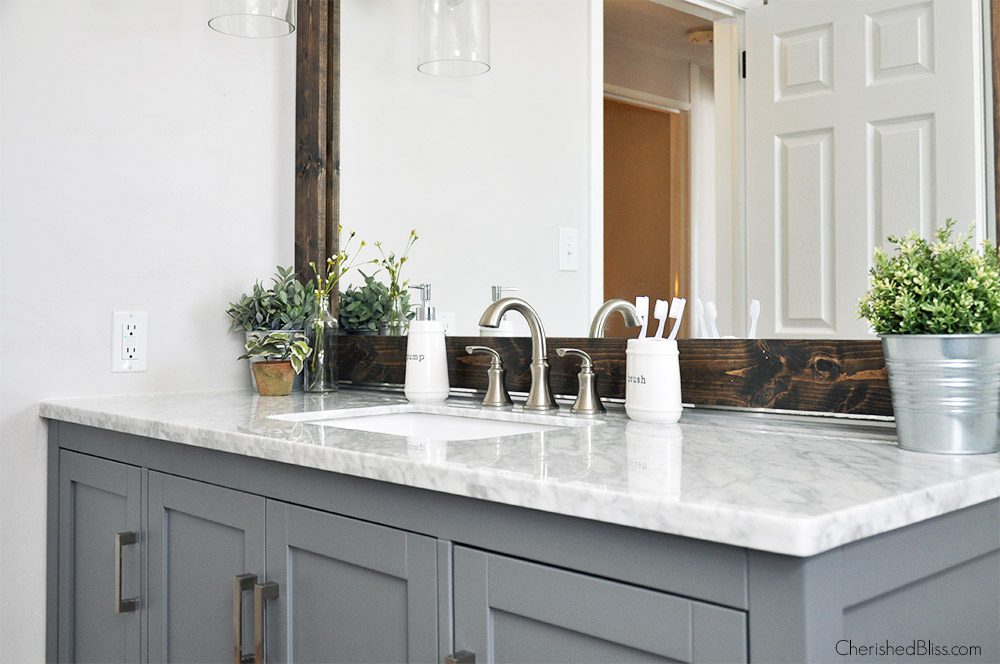 Water damage can also contribute to a misaligned bathroom vanity. If the vanity has been exposed to excessive moisture, such as from a leaky faucet or shower, it can cause the cabinet to warp and pull away from the wall. In this case, not only will the vanity need to be adjusted, but the source of the water damage will also need to be addressed to prevent further issues.
Properly Aligning Your Bathroom Vanity
If you're dealing with a bathroom vanity that is not flush against the wall, there are a few steps you can take to fix the issue. First, check for any obvious signs of damage or improper installation. If everything seems to be in order, you may need to use shims or adjust the leveling feet on the vanity to get it to sit evenly against the wall.
If you're unsure of how to properly align your bathroom vanity, it's always best to consult a professional. They will have the knowledge and expertise to identify and address the root cause of the misalignment and ensure that the vanity is properly installed and functional.
In conclusion, a bathroom vanity not being flush against the wall can be a frustrating problem, but it's not an uncommon one. By understanding the potential causes and taking the necessary steps to fix them, you can ensure that your vanity is not only visually appealing, but also functional for everyday use. Don't hesitate to seek professional help if needed, as a properly installed and aligned bathroom vanity can make a big difference in the overall design and functionality of your bathroom.
Water damage can also contribute to a misaligned bathroom vanity. If the vanity has been exposed to excessive moisture, such as from a leaky faucet or shower, it can cause the cabinet to warp and pull away from the wall. In this case, not only will the vanity need to be adjusted, but the source of the water damage will also need to be addressed to prevent further issues.
Properly Aligning Your Bathroom Vanity
If you're dealing with a bathroom vanity that is not flush against the wall, there are a few steps you can take to fix the issue. First, check for any obvious signs of damage or improper installation. If everything seems to be in order, you may need to use shims or adjust the leveling feet on the vanity to get it to sit evenly against the wall.
If you're unsure of how to properly align your bathroom vanity, it's always best to consult a professional. They will have the knowledge and expertise to identify and address the root cause of the misalignment and ensure that the vanity is properly installed and functional.
In conclusion, a bathroom vanity not being flush against the wall can be a frustrating problem, but it's not an uncommon one. By understanding the potential causes and taking the necessary steps to fix them, you can ensure that your vanity is not only visually appealing, but also functional for everyday use. Don't hesitate to seek professional help if needed, as a properly installed and aligned bathroom vanity can make a big difference in the overall design and functionality of your bathroom.

